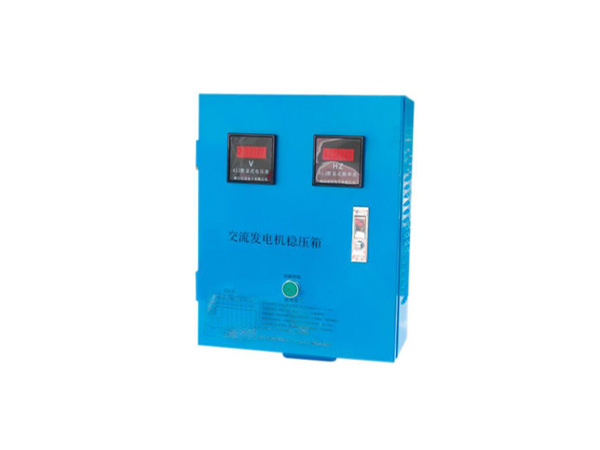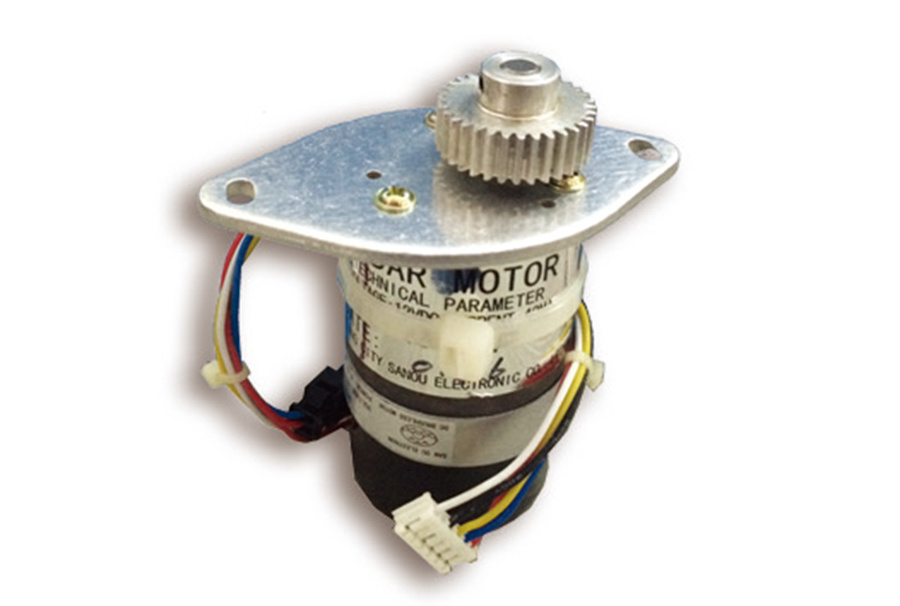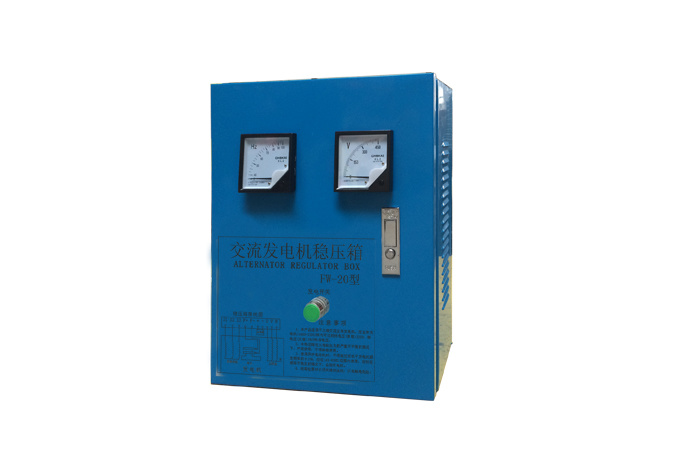News Center
Understanding the Functionality of a 1 in 10 Out Signal Distributor: A Comprehensive Guide
Understanding the Functionality of a 1 in 10 Out Signal Distributor
Table of Contents
- 1. Introduction to Signal Distribution
- 2. What is a Signal Distributor?
- 3. How Does a 1 in 10 Out Signal Distributor Work?
- 4. Benefits of Using a 1 in 10 Out Signal Distributor
- 5. Applications of 1 in 10 Out Signal Distributors
- 6. Choosing the Right Signal Distributor for Your Needs
- 7. Maintenance and Care for Signal Distributors
- 8. Frequently Asked Questions
- 9. Conclusion
1. Introduction to Signal Distribution
In the realm of electronic communication, signal distribution plays a pivotal role in ensuring that data, audio, and video signals are efficiently transmitted to multiple endpoints. One of the most effective devices for managing these signals is the **1 in 10 out signal distributor**. This versatile tool is essential for various applications, from broadcasting to data transfer, and understanding its functionality can significantly enhance your operational efficiency.
2. What is a Signal Distributor?
A signal distributor is an electronic device designed to split a single input signal into multiple output signals. This capability is particularly useful in applications where a source needs to send data or audio to several devices simultaneously. The **1 in 10 out signal distributor** specifically refers to a device that takes one input signal and distributes it to ten separate outputs without degrading the quality of the original signal.
Key Features of Signal Distributors
- **Signal Integrity**: Maintains the quality of the original signal.
- **Versatility**: Suitable for various types of signals, including analog and digital.
- **User-Friendly Design**: Often includes features like LED indicators for monitoring purposes.
3. How Does a 1 in 10 Out Signal Distributor Work?
To understand the functionality of a **1 in 10 out signal distributor**, it is essential to delve into its internal mechanisms. At its core, this device functions by using electronic components such as amplifiers and resistors to split the incoming signal.
Internals of a Signal Distributor
1. **Input Stage**: The incoming signal is received and processed by the input stage of the distributor.
2. **Amplification**: The signal is amplified to ensure that each output maintains the same quality as the input.
3. **Distribution**: The amplified signal is then routed to each of the ten output ports.
4. **Output Stage**: Finally, the signal is made available at each output port for external devices.
Signal Types Handled
A **1 in 10 out signal distributor** is designed to handle various signal types, including:
- **Audio Signals**: Distributing sound signals for multiple speakers.
- **Video Signals**: Sending video feeds to multiple displays.
- **Data Signals**: Facilitating data transfer in networking applications.
4. Benefits of Using a 1 in 10 Out Signal Distributor
Utilizing a **1 in 10 out signal distributor** offers several significant advantages:
Enhanced Signal Quality
By using amplifiers, these distributors maintain the integrity of the signal, ensuring that each output retains clarity and quality.
Cost-Effective Solution
Instead of purchasing multiple signal sources, a single distributor can serve several devices, saving both costs and space.
Simplified Setup and Management
A signal distributor simplifies the setup process, allowing for easier management and reducing clutter in wiring.
5. Applications of 1 in 10 Out Signal Distributors
The versatility of a **1 in 10 out signal distributor** makes it suitable for a wide array of applications across various industries.
Broadcasting
In the broadcasting sector, these distributors are used to send a single broadcast signal to multiple television or radio transmitters.
Professional Audio Systems
In live sound reinforcement, a signal distributor can connect a single microphone or audio source to several speakers or monitors.
Data Communication Networks
In networking, they can help distribute data signals to multiple devices, ensuring seamless connectivity and communication.
6. Choosing the Right Signal Distributor for Your Needs
Selecting the appropriate signal distributor is crucial for optimal performance.
Consider Signal Compatibility
Ensure that the distributor can handle the specific type of signal (audio, video, or data) you intend to use.
Look for Quality Components
Choose a distributor with high-quality internal components to guarantee signal integrity and longevity.
Evaluate Output Requirements
Assess how many outputs you need; a **1 in 10 out signal distributor** is ideal for scenarios requiring multiple connections.
7. Maintenance and Care for Signal Distributors
To ensure longevity and optimal performance of your **1 in 10 out signal distributor**, regular maintenance is necessary.
Regular Inspections
Check for any visible wear or damage to the device and connections. Ensure that all ports are clean and free from dust and debris.
Testing Signal Quality
Periodically test the output signals to ensure they maintain clarity and strength. If any issues arise, troubleshoot the connections or consider professional servicing.
8. Frequently Asked Questions
What is the maximum distance a signal can travel through a distributor?
The maximum distance largely depends on the type of signal being transmitted and the quality of the cables used. For best results, refer to the distributor’s specifications.
Can a 1 in 10 out signal distributor be used for wireless signals?
Typically, these devices are designed for wired connections. For wireless applications, consider alternatives specifically designed for wireless signal distribution.
How do I troubleshoot a malfunctioning signal distributor?
Start by checking all connections and cables. If the issue persists, consult the manufacturer’s guidelines or seek professional assistance.
Are there any specific installation requirements for a signal distributor?
Installation requirements vary by model, but generally, ensure it is mounted in a well-ventilated area and that all connections are secure and properly configured.
What is the typical lifespan of a signal distributor?
With proper care and maintenance, a quality signal distributor can last several years, providing reliable performance.
9. Conclusion
The **1 in 10 out signal distributor** is an indispensable tool in the electronics industry, offering a reliable and efficient solution for signal management. Its ability to maintain signal integrity while distributing to multiple outputs makes it valuable across various applications, from broadcasting to professional audio systems. Understanding its functionality, benefits, and maintenance will empower professionals to make informed decisions and enhance their operational efficiency. By investing in a quality signal distributor, you can streamline processes and improve performance in your electronic communications.
Related News
Understanding the Importance of a 12KVA Frequency Stabilizer in Electrical Systems
In the realm of electrical engineering, maintaining a stable frequency is crucial for ensuring that equipment operates efficiently and reliably. A 12KVA frequency stabilizer plays a vital role in managing electrical systems, especially in environments where fluctuations in voltage and frequency can lead to equipment failure or operational inefficiencies. A frequency stabilizer, as the name suggest
Discover the Unmatched Benefits of the Furuno 1832 Radar Motor for Marine Navigation
Explore the Advantages of the Furuno 1832 Radar Motor Table of Contents Introduction to the Furuno 1832 Radar Motor Key Features of the Furuno 1832 Radar Motor Performance Analysis of the Furuno 1832 Safety Benefits of Using the Furuno 1832 User Experience: Ease of Use and Installation Maintenance Tips for the Furuno 1832 Radar Motor Comparing the Furuno 1832 Radar Mot
Understanding the Functionality and Benefits of a 1 in 4 Out Signal Distributor
A 1 in 4 out signal distributor is a crucial component in various electronic systems, particularly in the realm of optoelectronics. Its primary function is to take a single input signal and distribute it evenly across four output channels. This enables the simultaneous transmission of the same signal to multiple devices or locations, which is essential in applications such as audio/video broadcast




